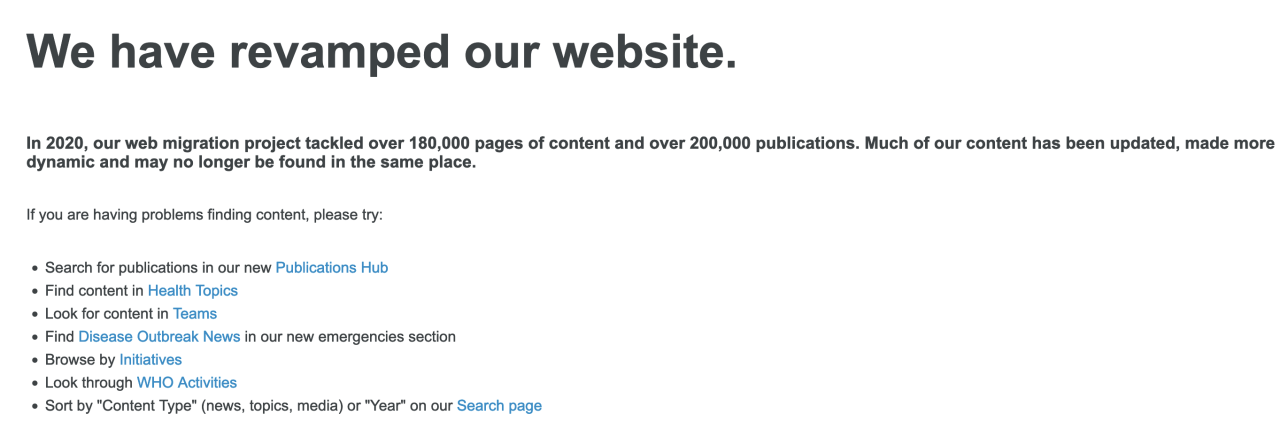As my long-time readers are well aware, this whole “posting daily” thing is a new development for me as of 2022. I’m figuring out how to manage my ADHD, but I’ve had some difficulty balancing daily posting with other things, like writing posts that are actually good, writing fiction, housekeeping, and so on. All of this is to say that I’m still not great at delivering on themed content as much as I’d like to, so I’m going to do some of that this month.
In our rather interesting tradition of designating months for awareness of particular causes, it seems that June 2022 is the month for at least three issues that I feel I ought to address. The first (in order of my becoming aware of it) is Pride Month – an international celebration of the diversity of human gender and sexuality, and a time for furthering the cause of ensuring human rights for LGBTQIA people. In particular, I want to talk about the ways in which the United States is becoming more dangerous for trans people, because there’s a lot happening in that area, and it’s quite frankly horrifying.
The second is Canada’s National Indigenous History Month, for which I’ll be writing about the contents of one or more of these reports. Someone I follow on Twitter made a general request that settler types do so, and that’s a good enough reason for me. That said, it’s not the only reason. There’s been a lot of news in recent years demonstrating just how much of a façade Canadian “niceness” turns out to be when it comes to its indigenous population, and I think that the citizens of one or two other countries would do well to consider how these lessons might apply to their own homes.
The third is Gypsy, Roma and Traveller History Month in the United Kingdom. I have to admit I know very, little about these groups of people. For one thing, in the U.S. and other parts of the world, “Gypsy” is considered a slur, but apparently it’s been reclaimed by at least some groups in Europe, similar to how some Native Americans refer to themselves as “Indians”. Terminology is important for interacting with, and talking about people, but in my opinion it doesn’t count as learning about their culture, so much as showing the bare minimum of decency to one’s fellow humans. So I’m going to learn more, and write about it.
I think I had intended to have one of these published today, but subjects like this fall into the category of “if I’m going to do it, I should take the time to do it as well as I’m able. For me that means allowing myself to not rush the job, so instead you get this I.O.U. for posts on these topics some time this month.
In the meantime, I hope you’re all doing as well as possible as we head into the summer. News about the state of the world continues to feel relentlessly grim, so I hope you are all taking time to do things that are important to you. We’re fighting for a better world because we believe, at least in part, that those humans who come after us deserve a habitable planet and a just society, in which to lead fulfilling lives. That means that we also deserve to lead fulfilling lives, to whatever degree we can in the world as it is today. Do things that are fun. Do things that make you proud. Do things that give you meaning. It’s part of your duty to yourself.
If you like the content of this blog, please share it around. If you like the blog and you have the means, please consider joining my lovely patrons in paying for the work that goes into it. Due to my immigration status, I’m currently prohibited from conventional wage labor, so for the next couple years at least this is going to be my only source of income. You can sign up for as little as $1 per month (though more is obviously welcome), to help us make ends meet – every little bit counts!

/https://tf-cmsv2-smithsonianmag-media.s3.amazonaws.com/filer_public/a6/11/a611edb5-948b-474c-9e52-91bcd1b98a5c/screen_shot_2022-05-25_at_91751_am.png)
